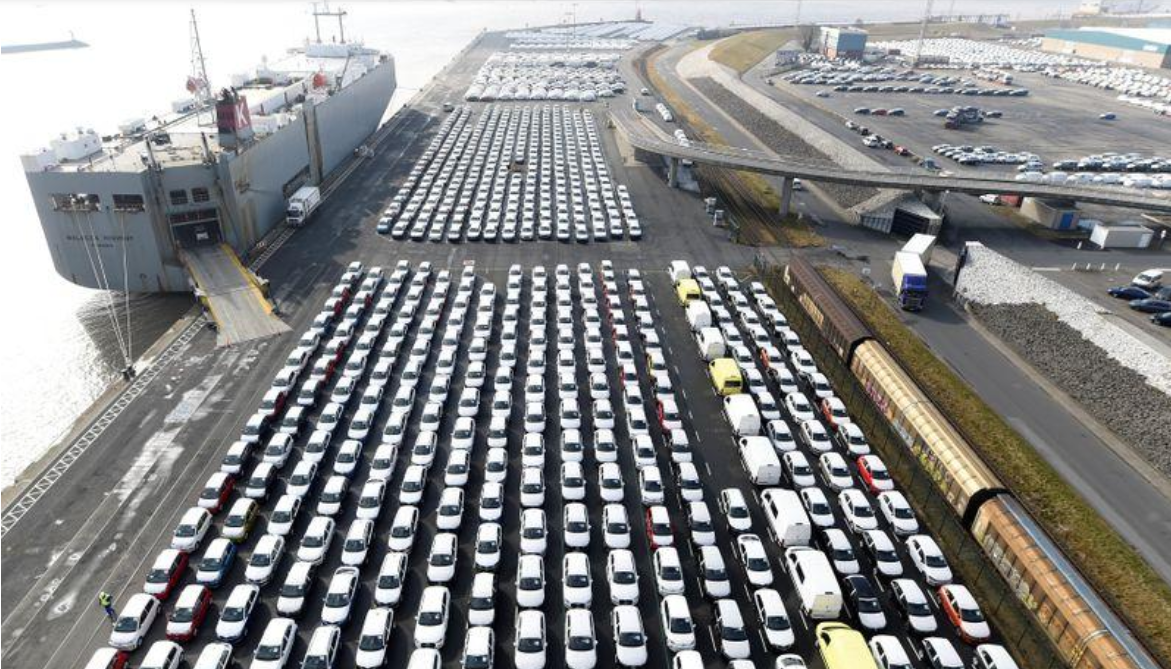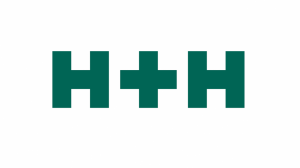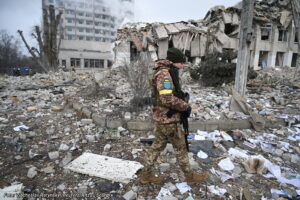ABN Amro har analyseret den seneste tyske ZEW-indikator, der viser en kraftig stigning i februar – på 9 point til 71,2. Det indikerer en klar fremgang i de følgende to kvartaler. Men samtidig er der udsigt til minusvækst i indeværende kvartal omend langt mindre end i første kvartal sidste år. Tysk økonomi har haft gavn af en pæn eksport under krisen, men samtidig har der været en afdæmpet ordreindgang de seneste måneder. Der er altså udsigt til fremgang i dette halvår, men måske mindre end ventet.
ZEW signals second half recovery after near term malaise
Euro Macro: Germany’s ZEW sentiment close to high, but current conditions remain dreary –
Germany’s ZEW economic expectations indicator rose by more than 9 point to 71.2 in February. The index measures the expectations of market analysts and economists about economic conditions in Germany during the next six months (balance of ‘improve’ minus ‘deteriorate’).
At its current level sentiment is not far below its record high level of close to 80, which is consistent with sharply accelerating GDP growth during the next two quarters.
However, this acceleration in growth is expected to follow upon another contraction in GDP during the current quarter.
Indeed, the other element of the survey, the current conditions index (balance of ‘good’ and ‘bad’) declined further in February (by almost one point, to -67.2). This current conditions indicator now is well below its long-term average value and consistent with falling levels of GDP, although less severe than during the first wave of the pandemic in 2020H1, when the indicator dropped to below -90.
On top of that, vaccination programmes have clearly made the respondents to the ZEW survey less uncertain about the longevity and depth of the crisis than during the first wave of the pandemic, as the expectations component of the survey was well below its current level during the trough of the first wave of the pandemic.
Source: Thomson Reuters Datastream, ABN AMRO Group Economics
As it goes without saying that very negative current conditions go hand in hand with positive expectations, we have looked that the sum of the two.
Comparing this result of the ZEW survey to the level of GDP clearly signals that the contraction in GDP will be much more modest in 2021Q1 than during 2020Q1-Q2. This is in line with our own scenario for the German economy (we have pencilled in -1.5% qoq).
The expected difference between the contraction in German’s GDP during the second wave of the pandemic and the first is not due to the stringency of lockdown measures, which has actually increased during the second wave according to the Oxford stringency index.
Indeed, the most important reason for the differences is that world trade and the global industrial sector have continued to expand during the second wave of the pandemic, which has supported Germany’s exports and industrial production.
Nevertheless, data for Germany’s factory orders have signalled that the expansion in industrial production has slowed down recently. Indeed, industrial orders staged their first decline since April in December (-1.9% mom), while the manufacturing PMI and its new orders component have declined between October 2020 and January 2021, although they have remained consistent with ongoing growth in the sector.











